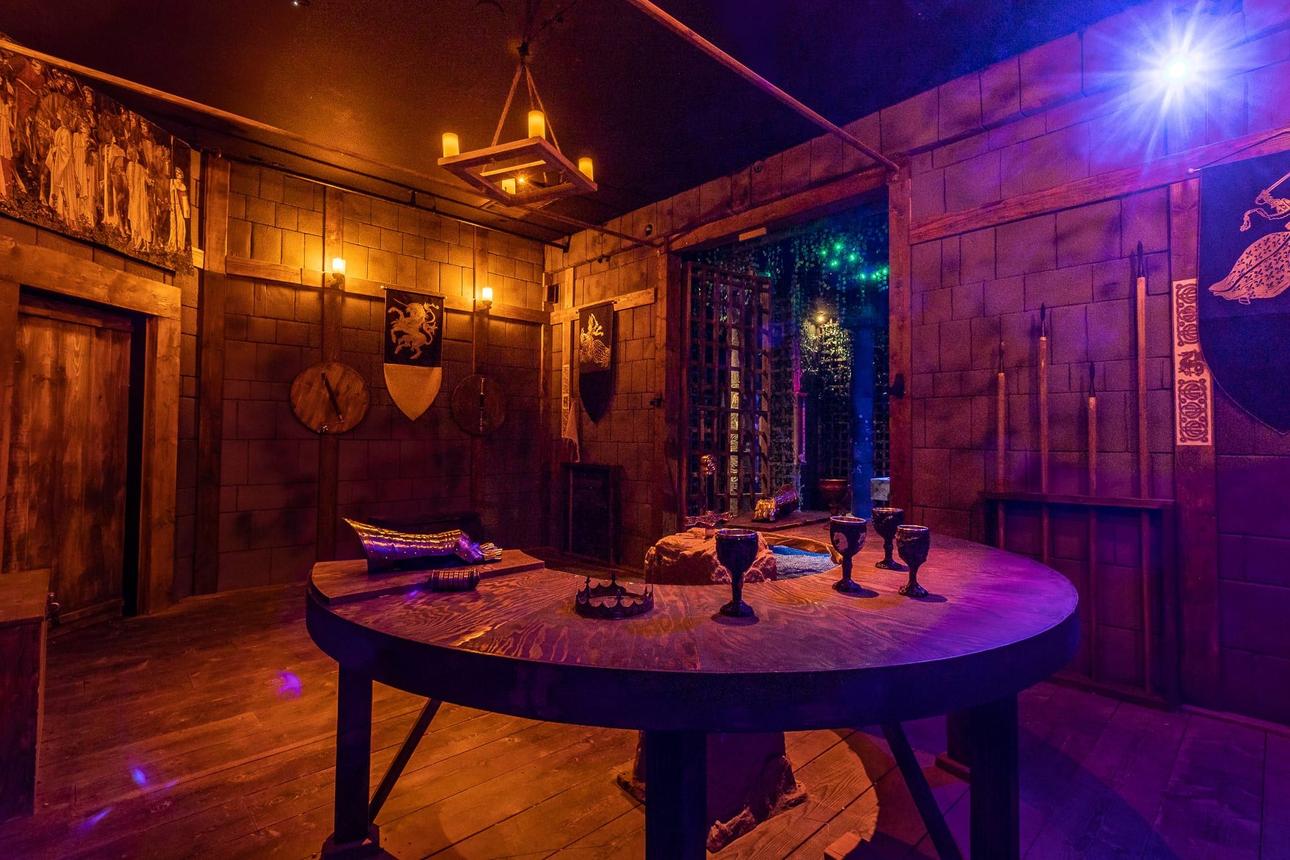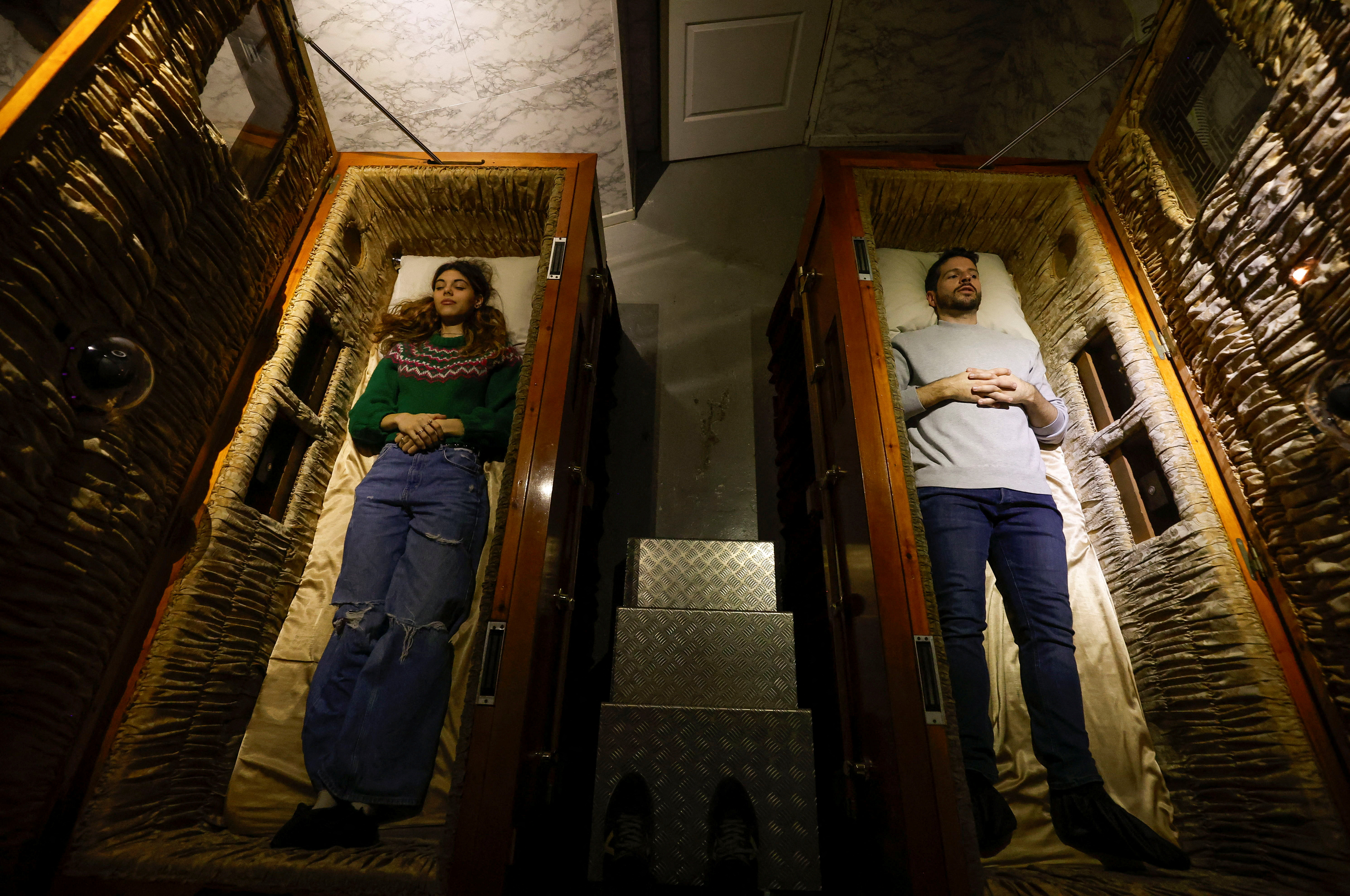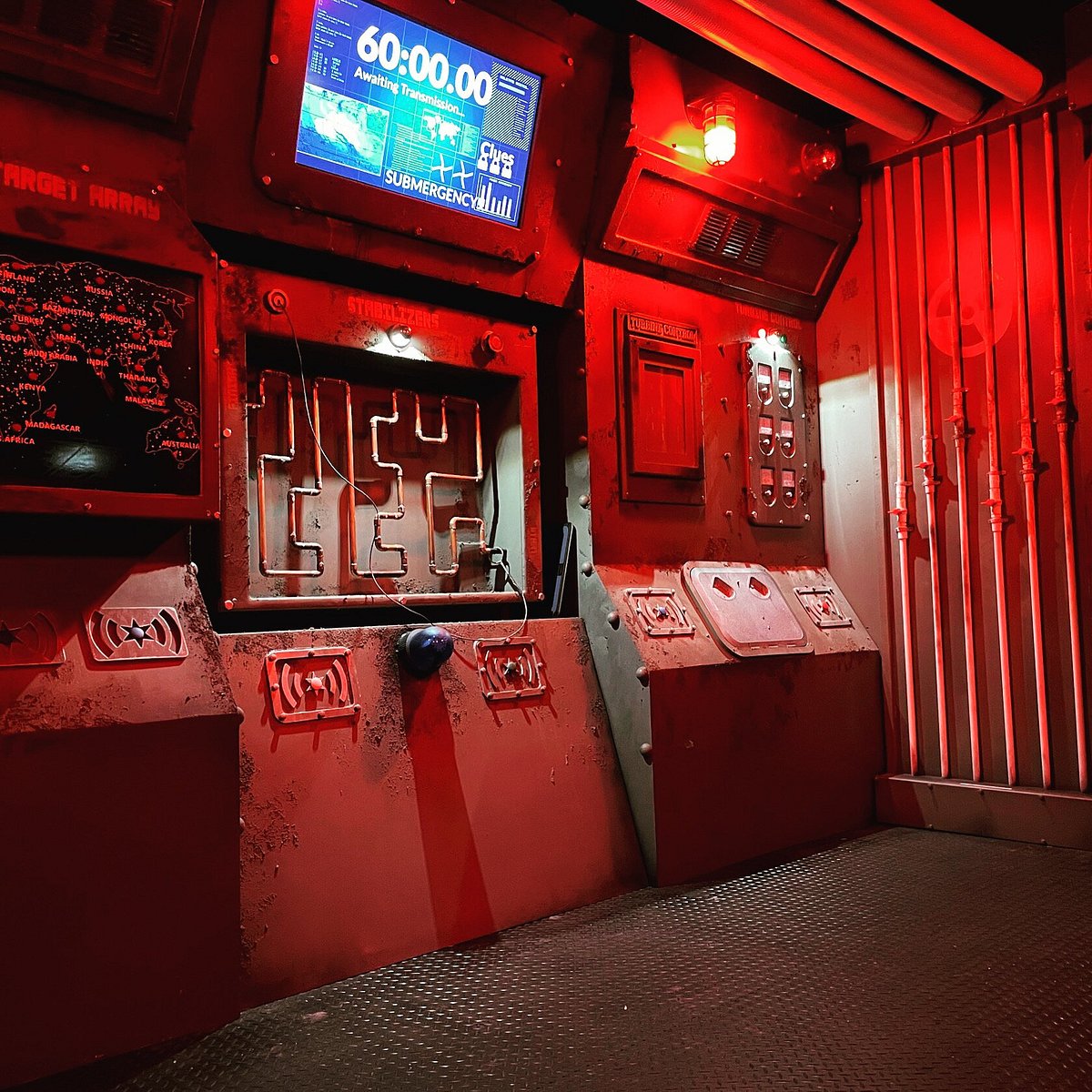Team Approaches: Exactly How to Collaborate Effectively in a Getaway Area
Browsing the intricacies of a retreat space necessitates even more than plain interest; it needs a well-coordinated strategy grounded in clear interaction, tactical duty tasks, and skilled time management. Groups must actively pay attention to every participant's insights, designate roles that straighten with private staminas, and keep routine check-ins to ensure focus and stop redundancy. By promoting an atmosphere that values cohesion and flexibility, groups can dramatically heighten their effectiveness and success rates. The subtleties of these techniques can transform the experience, yet exactly how precisely can they be executed to maximize the capacity for success?
Establish Clear Interaction

To facilitate clear interaction, it is essential to assign a main point of contact for info circulation. This duty entails summing up findings and suggested methods to guarantee everyone stays on the very same web page. Additionally, embracing a systematic approach to discussions can prevent disorderly exchanges. For example, quick, focused updates from each employee can maintain the team notified without overwhelming them with details.

Designate Roles Tactically
While clear communication sets the structure for reliable synergy, appointing duties purposefully ensures that each staff member's staminas are used effectively. In a retreat room circumstance, the time-sensitive and complex nature of difficulties requires a well-organized method to job delegation. By determining and leveraging individual competencies, groups can optimize their problem-solving abilities and enhance total efficiency.
First, examine the special skills and attributes of each participant. Somebody with a keen eye for information could stand out in locating hidden objects, while a sensible thinker might be much better fit to solving puzzles. It's similarly essential to have a leader who can manage development, handle the timeline, and make crucial calls when required. This function often needs strong business and social abilities.
Second, make certain that functions are versatile and adaptable. As brand-new obstacles emerge, the team must be able to pivot, reallocating jobs as required. This adaptability assists maintain momentum and stops traffic jams that can occur because of rigid duty assignments.
Ultimately, a critical technique to duty job not just makes best use of the staminas of each staff member but also cultivates a cohesive atmosphere, driving the group towards a successful escape.
Utilize Diverse Abilities
Identifying and using the diverse abilities within your group can considerably elevate your performance in a getaway area. Each team participant brings special staminas to the table, and effectively leveraging these capacities can speed weblink up analytic and enhance total performance. A team member with strong logical abilities could succeed at figuring out complex codes or patterns, while one more with eager empirical capabilities may quickly spot covert ideas that others could overlook.
Efficient interaction is crucial to making use of these diverse skills. Urge staff member to voice their understandings and concepts without delay, making certain that all possible options are thought about. This comprehensive approach fosters a vibrant atmosphere where creative thinking and vital thinking can flourish. Additionally, designating jobs that align with each member's staminas can stop bottlenecks and guarantee that development is continual.
In addition, diversity in abilities typically translates to diversity in assuming designs, which is indispensable in a getaway area setting. While some challenges might call for sensible reasoning and precision, others might take advantage of creative and lateral reasoning. By identifying and leveraging this diversity, groups can resolve a wider range of difficulties better, therefore enhancing their chances of a successful getaway.
Manage Time Properly

First, allot initial mins for a quick survey of the room. Determine visible puzzles and separate tasks based on staff member' strengths, ensuring that no one is still. Set inner time checkpoints to evaluate progress regularly; as an example, objective to have half the puzzles fixed by the mid-point of the video game. This method can assist keep the team focused and avoid time from sliding away undetected.
Furthermore, avoid one-track mind. If a challenge is taking too long, revolve staff member or go on to another challenge, returning later with fresh point of views. Interaction is paramount-- keep every person updated on solved puzzles and staying jobs to stay clear of redundant efforts.
Lastly, make use of any type of hints or ideas sparingly however purposefully - best escape room. Understanding when to request for assistance can save beneficial time. By adhering to these time monitoring principles, groups can significantly boost their chances of an effective and pleasurable escape space experience
Debrief and Reflect
Representation is an important facet of team development and enhancement in the context of retreat spaces. As soon as the obstacle is finished, whether effectively or not, it is important for the team to take part in an organized debriefing session. This procedure allows group members to assess their performance, identify staminas, and pinpoint locations for improvement.
Start the debrief by discussing what worked out. Highlight details instances of efficient interaction, analytical, and partnership. Recognizing these favorable actions strengthens them and urges their repetition in future difficulties.
Talk about moments of complication, miscommunication, or ineffective strategies. Encourage an open and constructive discussion where team members can share their perspectives without concern of criticism.
Final Thought
In final thought, successful collaboration in a retreat room is based upon clear communication, tactical role assignments, the effective usage of diverse skills, and competent time management. By developing a natural and adaptive group informative post setting, the possibility of efficiently fixing challenges and attaining the purpose of running away the area is considerably boosted.
Comments on “Explore the Best Escape Room in Minneapolis-- Schedule Your Experience”